Indian Standard Soil Classification System(ISSCS) - Classification of Soil, Soil Mechanics | Soil Mechanics Notes- Agricultural Engineering PDF Download
Indian Standard Soil Classification System (ISSCS)
According to this system, the symbols of the various soils are as: Gravel (G), Sand (S), Silt or Silty (M), Clay or Clayey (C), Organic (O), Peat (Pt), Well graded (W), Poorly graded (P). To classify the fine-grained soil, plasticity chart (as shown in Figure 2) is used. The difference between the plasticity charts used for Unified Soil Classification System (USCS) and Indian Standard Soil Classification System (ISSCS) is that in USCS, the soil is classified as High Plasticity (if liquid limit >50%) or Low Plasticity (if liquid limit < 50%) soil, but in ISSCS, the soil is classified as High Plasticity (if liquid limit >50%) or Intermediate Plasticity (if liquid limit is in between 35% to 50%) or Low Plasticity (if liquid limit < 35%). For example, if a soil sample has liquid limit (wL) 45% and plasticity index (IP) 25, according to the Unified Soil Classification System (USCS) the point is above ‘A’ line (point A in Figure 4.1) and it is classified as CL. However, according to Indian Standard Soil Classification System (ISSCS) the point is also above ‘A’ line (point B in Figure 4.2), but it is classified as CI.
Figure 4.3 shows the flow chart to classify a soil according to the Indian Standard Soil Classification System. Figure 4.4 and Figure 4.5 show the classification of coarse-grained and fine-grained soil, respectively as per Indian Standard Soil Classification System.
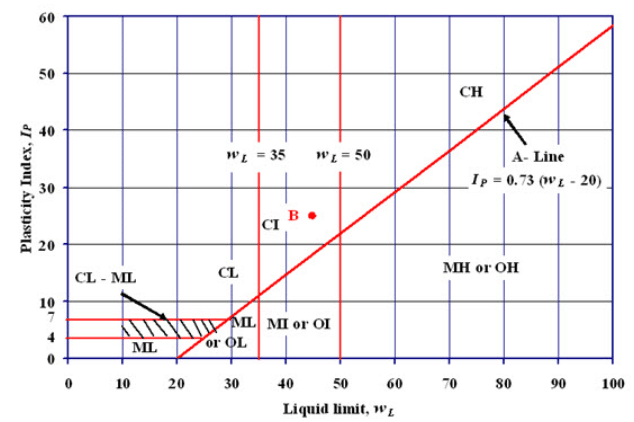
Fig. 4.2. Plasticity chart as per Indian Standard Soil Classification System
(ISSCS).
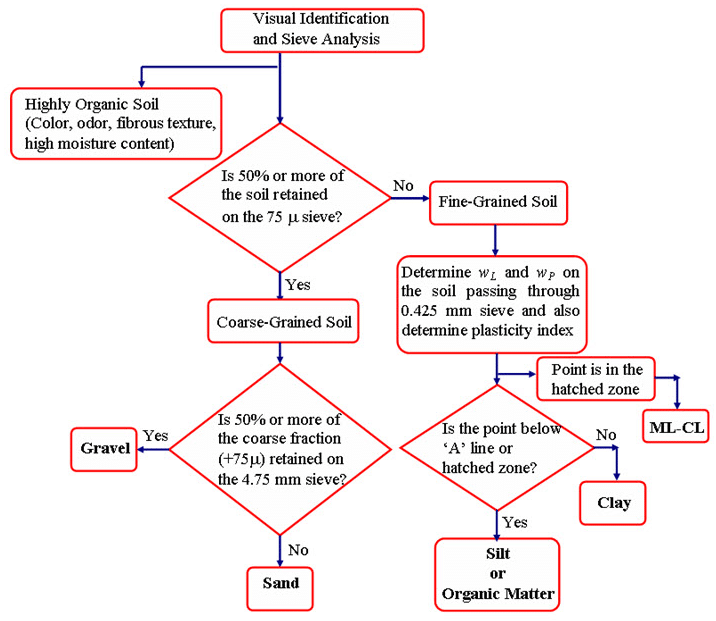
Fig. 4.3. Flow chart to classify soil (as per ISSCS).
(a)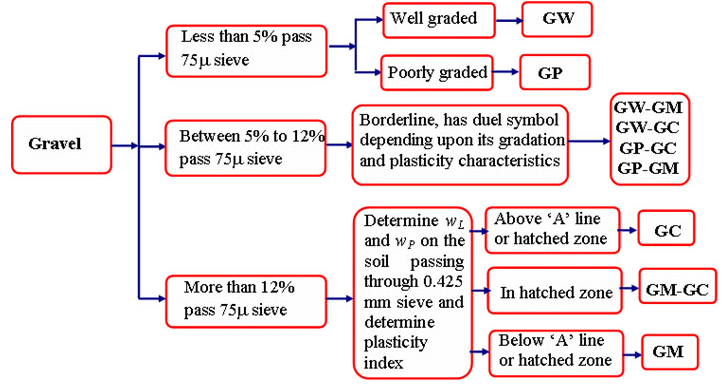
(b)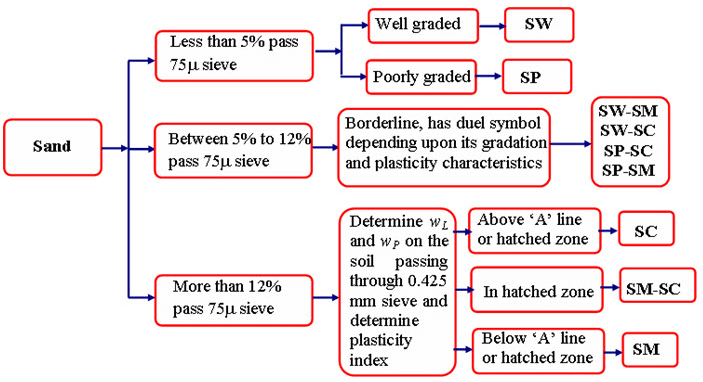
Fig. 4.4. Classification of coarse-grained soil: (a) Gravel (b) Sand (as per ISSCS).
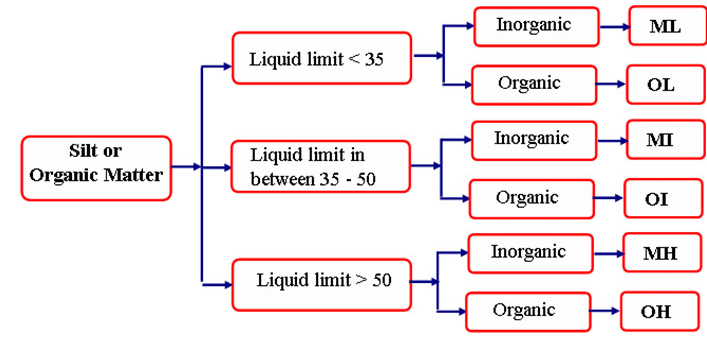
(a)
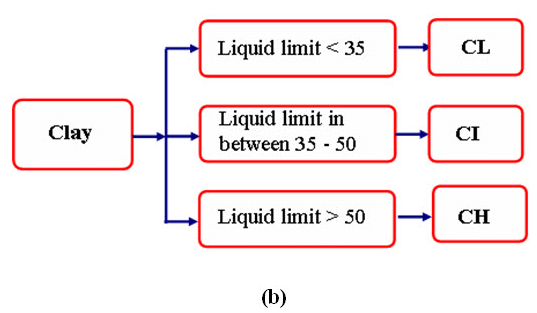
Fig. 4.5. Classification of fine-grained soil: (a) Silt or Organic matter (b) Clay (as per ISSCS).
FAQs on Indian Standard Soil Classification System(ISSCS) - Classification of Soil, Soil Mechanics - Soil Mechanics Notes- Agricultural Engineering
| 1. What is the Indian Standard Soil Classification System (ISSCS)? |  |
| 2. What are the different soil types classified under ISSCS? |  |
| 3. How is ISSCS useful in soil mechanics and agricultural engineering? |  |
| 4. How does ISSCS differ from other soil classification systems? |  |
| 5. What are the limitations of ISSCS? |  |




















